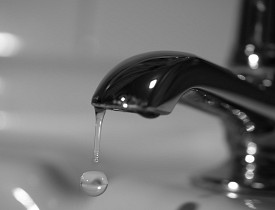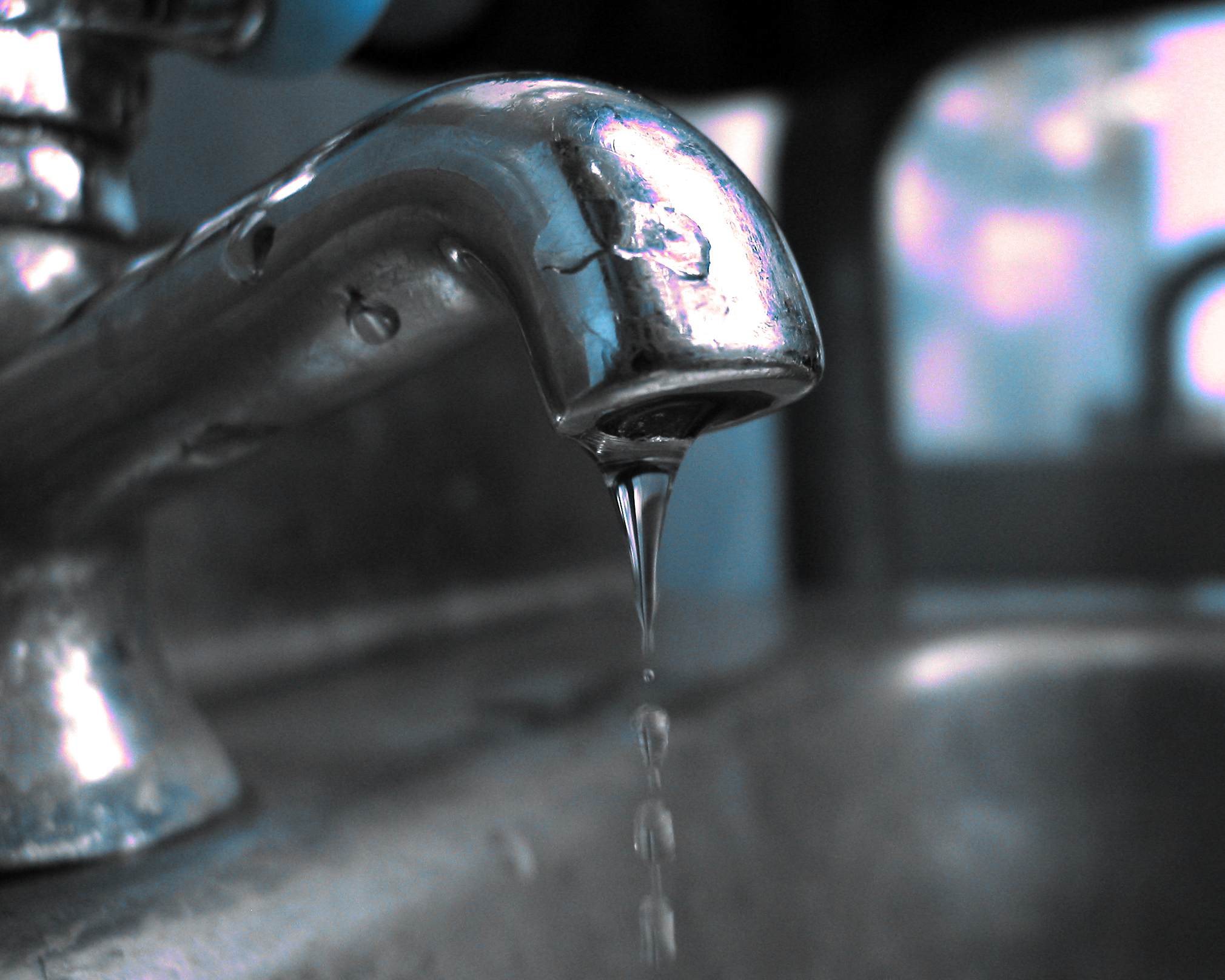Every person maintains their unique idea about Water Dripping from Faucet: Why and How to Fix.

Dripping faucets may feel like a small aggravation, yet their influence surpasses just the aggravation of the sound. From wasting water to sustaining unneeded monetary costs and wellness risks, ignoring a leaking faucet can cause numerous repercussions. In this short article, we'll delve into why it's crucial to resolve this common house problem promptly and properly.
Waste of Water
Ecological Effect
Trickling faucets add substantially to water wastage. According to the Environmental Protection Agency (EPA), a solitary faucet trickling at one drip per second can lose greater than 3,000 gallons of water per year. This not only strains water sources yet additionally influences ecological communities and wild animals based on them.
Financial Expenses
Enhanced Water Costs
Beyond the ecological effect, leaking faucets can blow up water bills considerably. The collected wastefulness in time converts into higher energy expenses, which could have been avoided with timely repair work.
Prospective Residential Or Commercial Property Damage
Additionally, extended trickling can lead to damage to components and surface areas surrounding the tap. Water build-up can cause staining, rust, and even architectural problems if left ignored, causing added repair prices.
Wellness Issues
Mold And Mildew and Mold Development
The constant presence of dampness from a dripping faucet produces a perfect environment for mold and mildew development. These fungis not only compromise indoor air quality however also present health and wellness dangers, especially for people with respiratory problems or allergies.
Waterborne Diseases
Stationary water in leaking faucets can become a breeding ground for bacteria and various other virus, raising the danger of waterborne diseases. Impurities such as Legionella bacteria grow in stagnant water, possibly leading to major illnesses when ingested or breathed in.
Do it yourself vs. Specialist Repair
Advantages and disadvantages of Do It Yourself Fixing
While some might try to deal with a trickling tap themselves, do it yourself repair services include their own set of obstacles. Without correct knowledge and devices, do it yourself efforts can worsen the problem or result in incomplete repairs, lengthening the trouble.
Advantages of Working With an Expert Plumber
Employing an expert plumber guarantees that the underlying source of the trickling faucet is dealt with successfully. Plumbers possess the experience and equipment to detect and fix tap concerns successfully, conserving time and decreasing the risk of further damages.
Step-by-Step Overview to Taking Care Of a Dripping Faucet
Tools Called for
Prior to attempting to repair a dripping tap, gather the necessary devices, consisting of a flexible wrench, screwdrivers, replacement components (such as washers or cartridges), and plumber's tape.
Usual Faucet Issues and Their Solutions
Recognize the kind of tap and the certain issue triggering the drip. Typical troubles include damaged washers, corroded shutoff seats, or faulty O-rings. Describe supplier directions or on-line tutorials for step-by-step advice on repair work.
Safety nets
Normal Upkeep Tips
To prevent leaking faucets, do regular upkeep such as cleaning aerators, examining for leaks, and changing worn-out parts immediately. Furthermore, think about mounting water-saving devices or upgrading to more efficient components.
Value of Prompt Repair Works
Resolving leaking faucets as quickly as they're discovered stops additional water wastefulness and possible damages, eventually saving both water and money in the future.
Effect On Property Worth
Understanding of Well-Maintained Home
Maintaining a residential or commercial property in good condition, consisting of dealing with upkeep concerns like dripping taps, boosts its viewed value and worth amongst prospective buyers or tenants.
Influence on Resale Worth
Properties with well-kept plumbing components, consisting of faucets, command higher resale values in the realty market. Resolving dripping faucets can contribute to a positive perception during home assessments and settlements.
Ecological Obligation
Private Contribution to Conservation
Taking duty for taking care of leaking faucets aligns with more comprehensive initiatives toward water conservation and ecological sustainability. Every individual's actions jointly make a considerable impact on maintaining priceless sources.
Lasting Living Practices
By prioritizing punctual fixings and embracing water-saving habits, people contribute to lasting living practices that benefit both existing and future generations.
Conclusion
Resolving a dripping tap goes beyond simple benefit; it's a crucial step towards preserving water, decreasing monetary prices, and safeguarding health and building. Whether through DIY repair work or expert help, taking action to repair dripping faucets is a small yet impactful way to promote responsible stewardship of sources and add to a much healthier, a lot more lasting future.
How to Fix a Leaky Faucet: Step-by-Step Repair Guide
A leaky faucet may seem like a simple annoyance, but if it's not fixed promptly, that leak could cost hundreds to potentially thousands. From water damage to mold, mildew, and high water bills, even a tiny leak can be catastrophic if left unattended. Damage like this can even affect the overall value of your home, so it's important to take the right approach for leaky faucet repair. You may need the help of a plumber in some cases, but we've got a few tips you can try on how to fix a leaky faucet before calling the pros.
Four Faucet Types
When you're learning how to fix a leaky faucet, the first step is knowing what kind of faucet you're working with! There are four common types.
Cartridge Faucets
Cartridge faucets come in one- or two-handled varieties. In one-handled cartridge faucets, hot and cold water combines in a single cartridge. In the two-handled versions, hot and cold water are controlled separately and mixed in the faucet.
Ball Faucets
Ball faucets have a single lever you push up and down to adjust the pressure and rotate to change the temperature. A slotted metal ball controls the amount of water allowed into the spout.
Compression Washer Faucets
They're the oldest type of faucet, but they're still used in many homes — especially older ones. Compression faucets have two separate handles that, when turned, raise or lower the washer that seals a water valve. This valve stops water from flowing through the faucet when it is turned off.
Disc Faucets
Disc faucets rarely need to be repaired due to their maintenance-free design. The water flow is controlled by two discs — the upper one raises and lowers against a fixed lower disc, creating a watertight seal. If your disc faucet starts leaking, you may need to replace the seals or clean residue buildup from the inlets.
Fixing a Leaky Faucet
Step 1: Turn Off the Water
Whether you're learning how to fix a leaky bathtub faucet or how to fix a leaky kitchen faucet, always turn off the water supply to your working area when you're fixing a leak. The last thing you want is a flood added to your list of things to fix.
Look for the shutoff valves below your sink or around the tub and turn them clockwise to stop the water flow. If your faucet doesn't have shutoff valves, you may need to turn off the water for the whole house. Check to make sure it's off by turning the faucet on. If nothing comes out, you're ready to start the repair.
Step 2: Take Apart the Faucet
How you disassemble your faucet depends on the type of fixture you have. You can use a flathead screwdriver to remove the caps on top of the handle or handles for cartridge and compression faucets. Inside, you should see handle screws. Unscrew these with a screwdriver to remove the handle.
Disc- and ball-style faucets will typically have an inlet screw near the handle, and removing that will reveal the interior of the faucet.
Detach the Valve Stem
For cartridge- and compression-style faucets, you'll see the inner valve stem or cartridge once you remove the faucet handles. If you have a compression faucet, unscrew the brass valve stem. If you have a cartridge faucet, pull out the cartridge. If your cartridge has been in place for a while, it may require some tools or extra force to remove it due to mineral deposits.
Examine and Replace Parts
Once you've removed the parts, check them out to confirm what needs to be replaced. You may see corroded rubber washers, O-rings, stems, or cartridges. On a ball-style faucet, check the seats and springs for damage.
If you need to repair a leaky disc faucet, check the inlet and seals on the lower disc.
Once you determine what parts must be replaced, visit your local hardware store. Bring the damaged parts with you to ensure you can purchase the correct components to replace them.
Clean Valves and Faucet Cavity
If you've removed a stem or cartridge, you may notice mineral buildup in the faucet's threads. Use white vinegar to clean the valve seat by soaking it for a few minutes, then scrub it away with a soft toothbrush and rinse with warm water. You can also clean the interior of the faucet in the same way.
Reassemble the Faucet
Once your faucet is cleaned and the required parts have been replaced, it's time to reassemble it. Put the pieces back together and slowly turn the water supply back on. Doing this slowly is crucial because too much initial water pressure can damage the new hardware you've just installed.
https://homewarranty.firstam.com/blog/how-to-fix-leaky-faucet

I ran across that blog entry about How to Fix a Dripping or Leaky Faucet when doing a lookup on the web. Make sure you set aside a second to promote this entry if you enjoyed it. Many thanks for going through it.